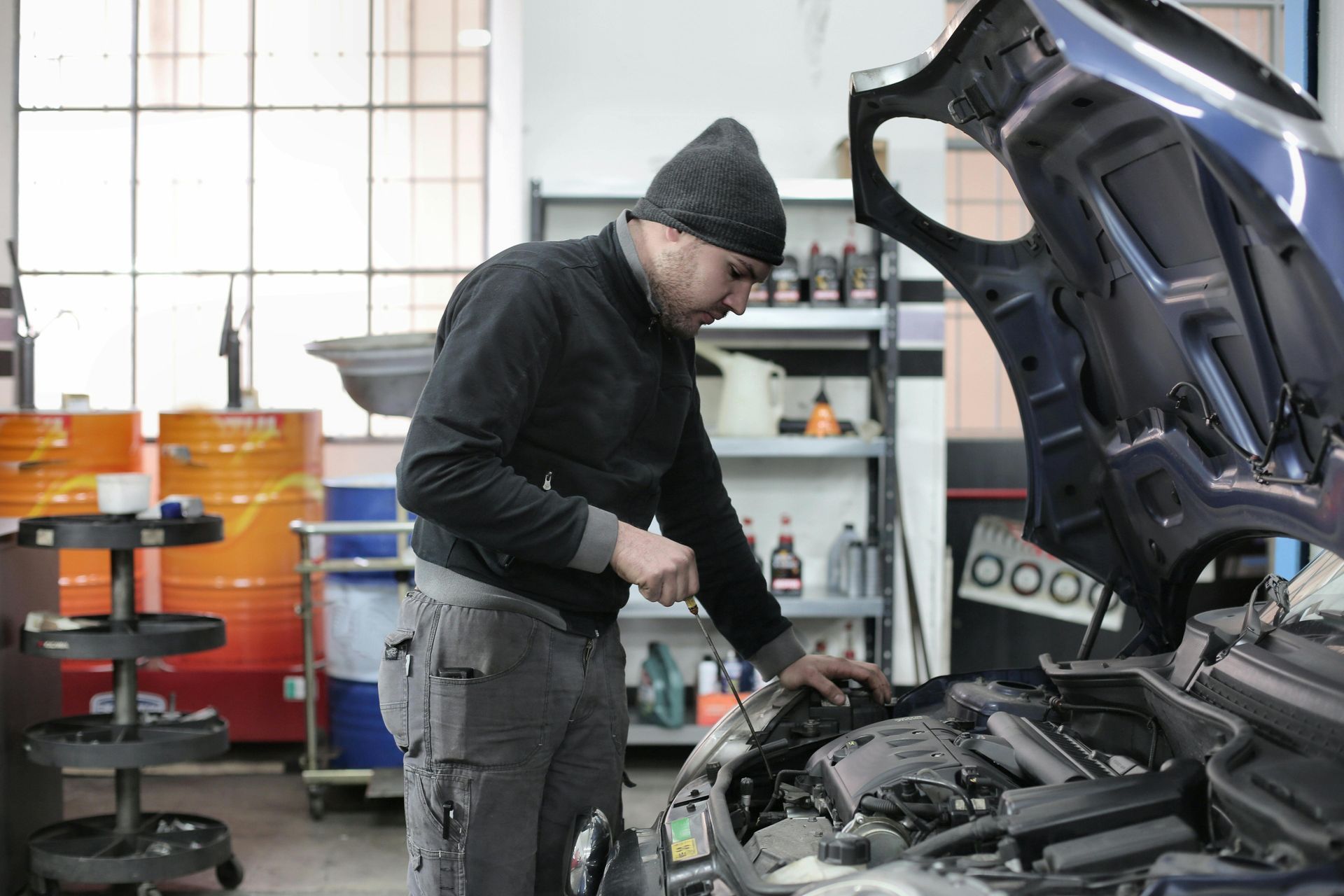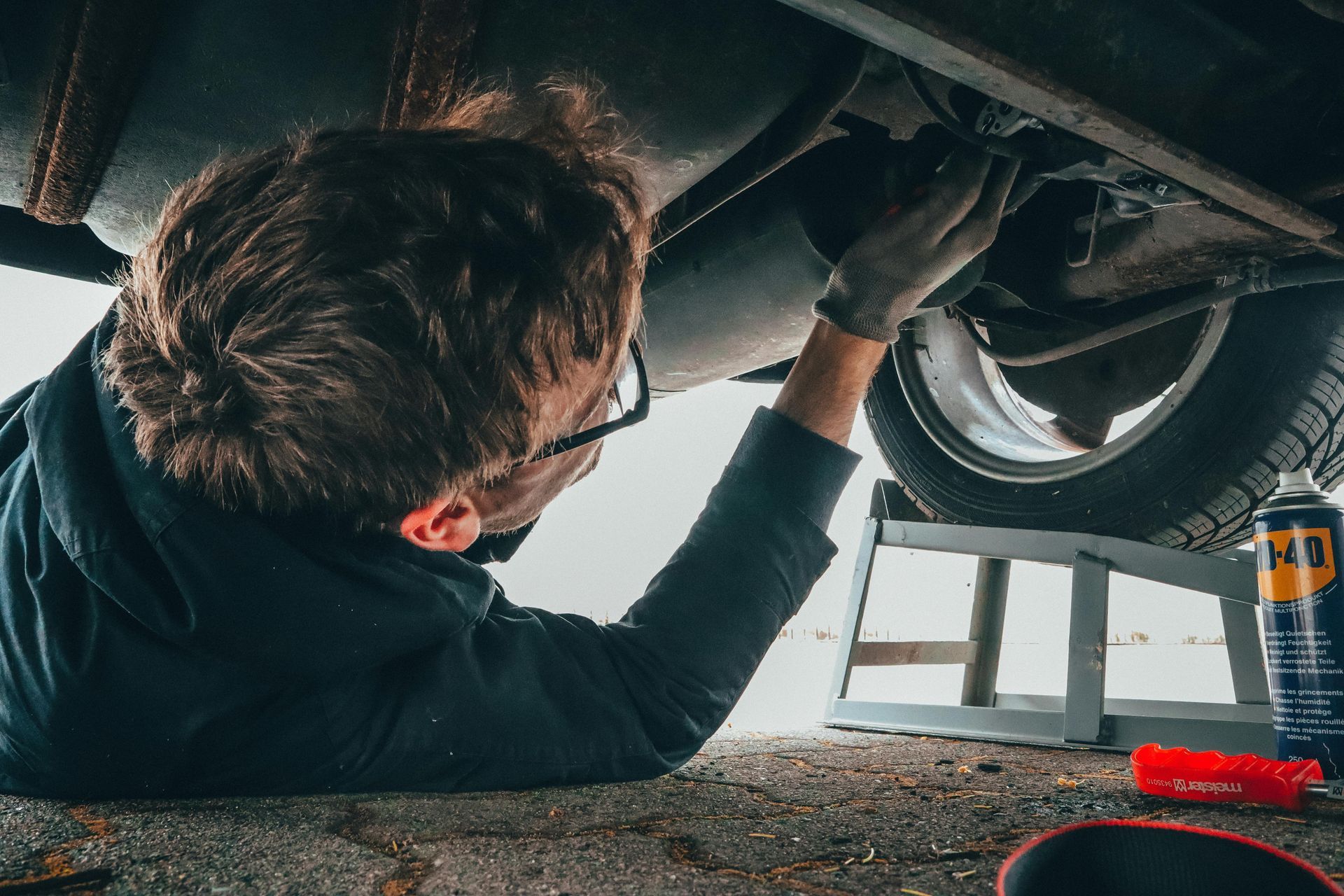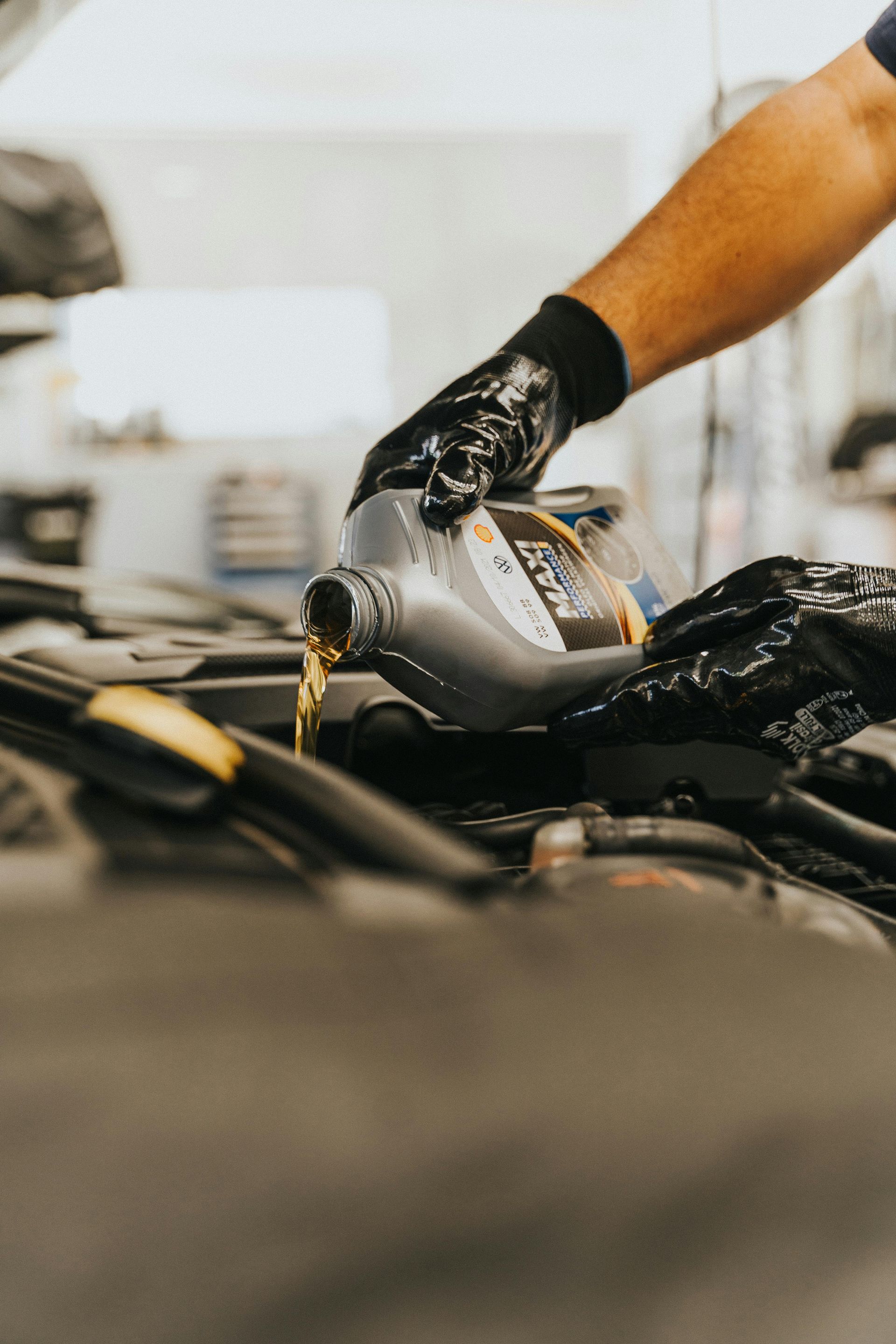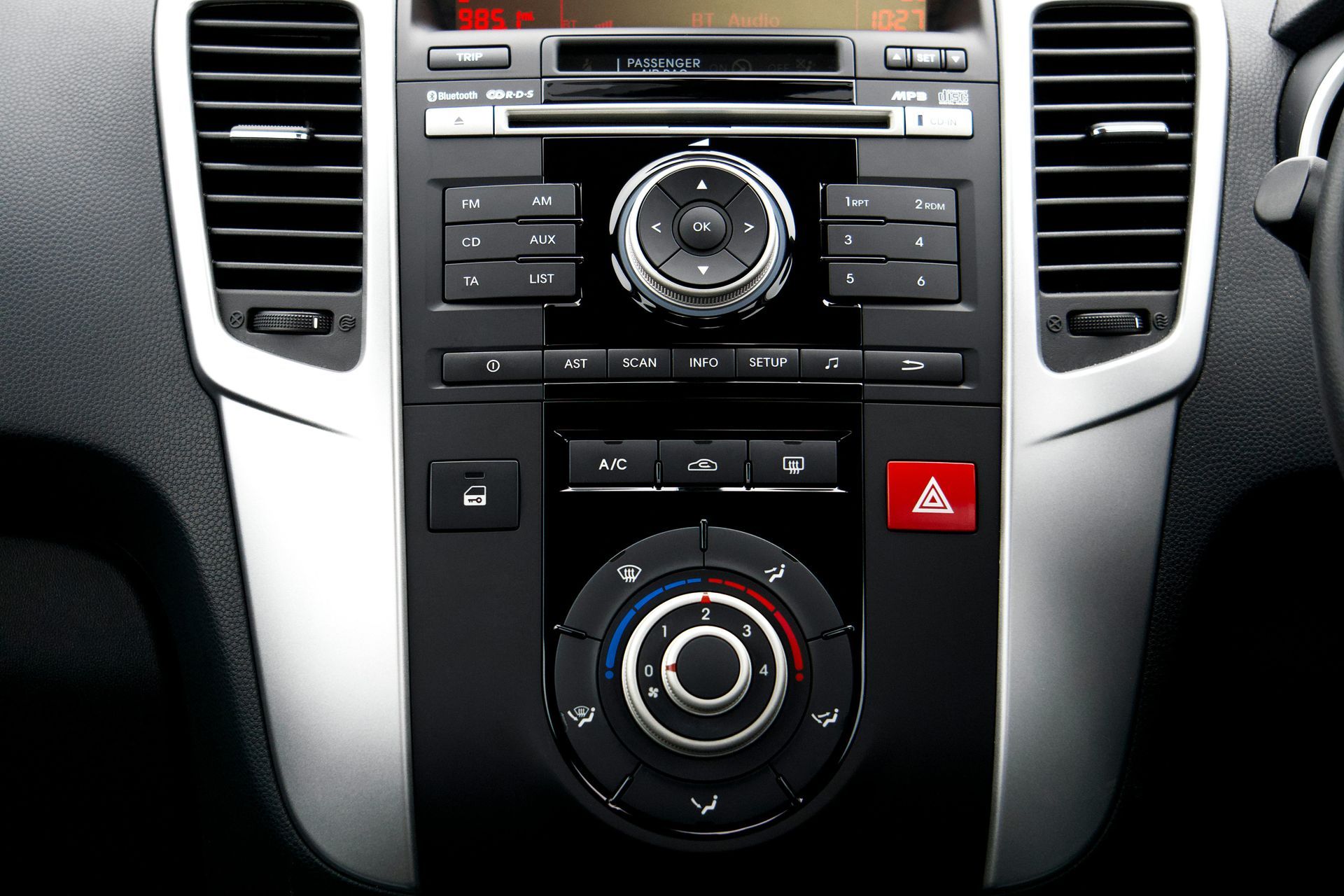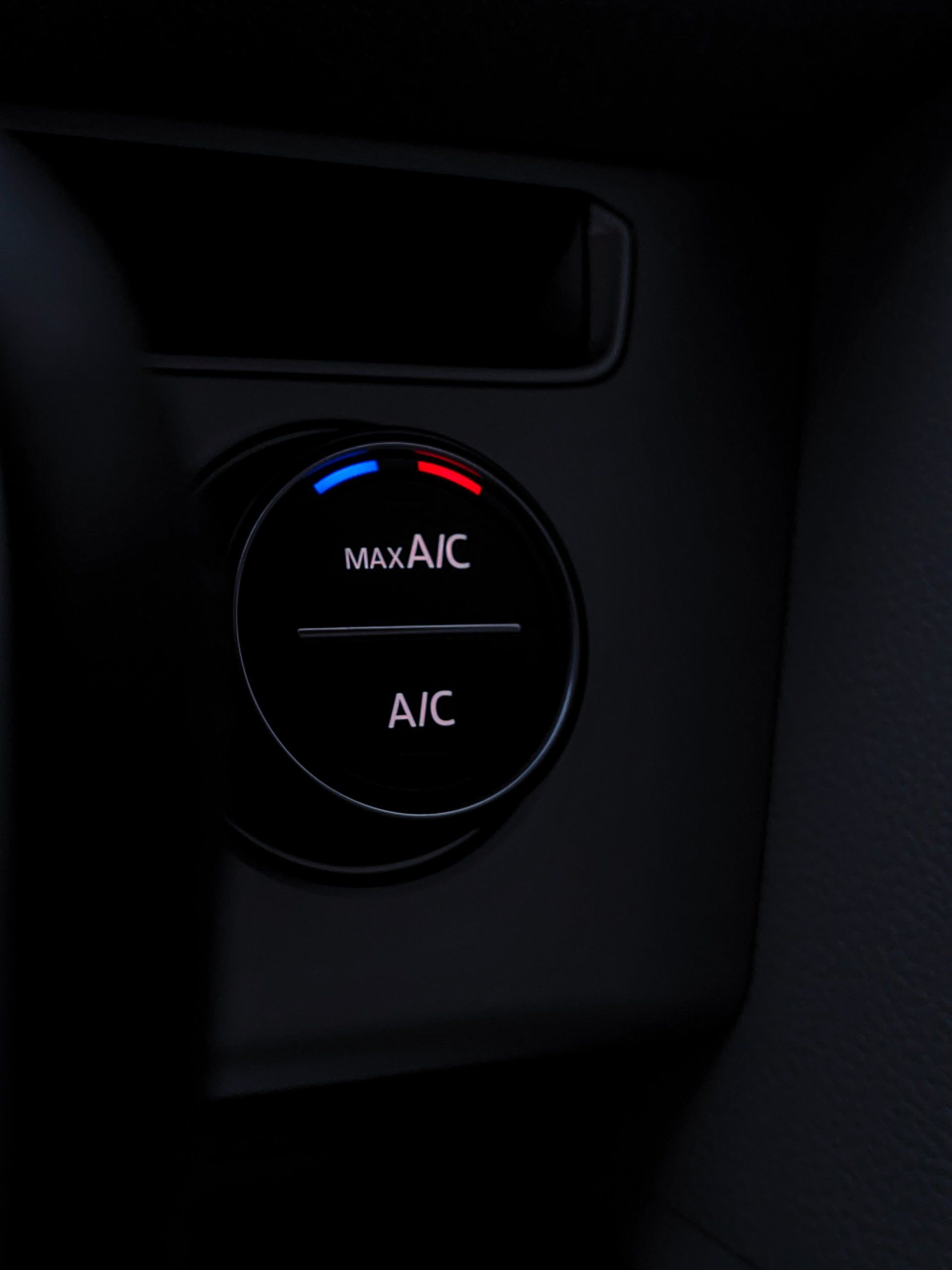Recognizing Brake Wear Indicators After Springfield Summer Driving
Summer driving around Springfield, Oregon puts serious stress on your vehicle's braking system. From stop-and-go traffic during summer festivals to mountain drives toward McKenzie Bridge and coastal trips to Florence, your brakes have been working overtime through the hottest months of the year. Now that fall is approaching, it's time to check whether summer's demands have created brake problems that could compromise your safety.
Brake wear often develops gradually, making it easy to miss the warning signs until problems become serious and expensive. Learning to recognize early indicators of brake wear helps you address issues before they become dangerous or costly.
Listen for Brake Noise Warning Signs
Your brakes often announce problems long before you can see visible wear. Pay attention to these audio clues that indicate your braking system needs professional attention:
Squealing or Squeaking Sounds High-pitched squealing when you apply the brakes usually means your brake pads have worn down to their wear indicators. These metal tabs are designed to contact the rotor and create noise when pad material gets thin. This is an early warning system – don't ignore it.
Grinding or Metal-on-Metal Sounds Grinding noises indicate your brake pads are completely worn out and the metal backing plates are scraping against the rotors. This damages expensive rotor surfaces and creates a safety hazard. Grinding brakes need immediate professional attention.
Clicking or Rattling Loose brake components can create clicking or rattling sounds, especially when driving over bumps on Springfield's older neighborhood streets. This might indicate worn hardware or loose brake pads.
Summer's heat and heavy use can accelerate wear on brake components, making these warning sounds more likely to develop after months of demanding driving conditions.
Watch for Visual Signs of Brake Problems
While you can't easily inspect brake pads without removing wheels, some visual clues indicate brake system problems:
Brake Dust and Discoloration Excessive black or metallic dust on your wheels, especially the front wheels, suggests rapid brake pad wear. Normal brake dust is light gray, but heavy, dark dust often means pads are wearing quickly.
Visible Rotor Damage Look through your wheel spokes at the brake rotor surface. Deep grooves, discoloration, or an uneven surface indicate rotor problems that affect braking performance and require professional service.
Brake Fluid Leaks Dark fluid pooled under your vehicle where you park might be brake fluid. Brake fluid is typically clear to amber colored when fresh but darkens with age and contamination. Leaks compromise braking safety and need immediate attention.
Pay Attention to How Your Brakes Feel
Changes in how your brakes respond provide important clues about system condition:
Soft or Spongy Brake Pedal If your brake pedal feels soft, sinks toward the floor, or requires more pressure than usual, you likely have brake fluid problems or air in the brake lines. This creates a serious safety hazard, especially on Springfield's busy streets or when driving Highway 126 to Eugene.
Vibration When Braking Steering wheel vibration or pulsing sensations through the brake pedal often indicate warped brake rotors. Summer heat and heavy braking can cause rotors to warp, creating an uneven braking surface.
Vehicle Pulling to One Side If your vehicle pulls left or right when braking, you might have uneven brake pad wear, stuck brake calipers, or contaminated brake fluid. This affects your ability to stop straight and control your vehicle safely.
Hard or Stiff Brake Pedal A brake pedal that requires excessive force might indicate brake booster problems or severely worn brake pads. Either condition makes emergency stopping more difficult and dangerous.
Summer Driving Conditions That Accelerate Brake Wear
Oregon summer driving creates specific conditions that are particularly hard on braking systems:
Mountain Driving Trips to Crater Lake, the McKenzie Pass, or coastal mountains require frequent braking on steep descents. This generates excessive heat that can fade brake performance and accelerate pad wear.
Stop-and-Go Traffic Summer traffic around Eugene, festival crowds, and beach-bound vehicles create frequent stopping situations. Each stop generates heat and wear that accumulates over months of summer driving.
Heavy Loads Summer camping gear, beach supplies, and vacation luggage add weight that increases braking demands. Heavier vehicles require more braking force and generate more heat during stops.
High Temperatures Oregon's summer heat combines with brake system heat to create extreme temperatures that break down brake fluid and accelerate component wear.
The Importance of Fall Brake Inspection
Fall weather brings new braking challenges that make reliable brake performance crucial. Oregon's rain season creates slippery road conditions that require longer stopping distances and more precise brake control.
Fall driving conditions include:
- Wet roads around Springfield that reduce tire traction
- Leaf-covered streets that become slippery when wet
- Fog that reduces visibility and requires sudden stops
- Temperature changes that affect brake fluid and component performance
Addressing brake problems now prevents dangerous situations when weather conditions become more challenging.
Brake Maintenance Timing After Summer
If your brakes have been working hard through summer road trips and city driving, fall is the ideal time for professional inspection. Don't wait for obvious problems to develop – early detection saves money and prevents safety hazards.
Consider professional brake service if:
- Your brakes have been making any unusual noises
- You've noticed changes in pedal feel or vehicle behavior
- You've driven extensively in mountains or heavy traffic
- Your last brake service was more than a year ago
- You're planning fall travel that requires reliable stopping power
Professional Brake Inspection Benefits
Professional brake inspection provides a complete picture of your braking system condition. Experienced technicians can measure pad thickness, check rotor condition, test brake fluid, and identify problems you might miss.
A comprehensive brake inspection includes:
- Brake pad thickness measurement
- Rotor surface and thickness evaluation
- Brake fluid condition and level check
- Brake line and hose inspection
- Brake hardware and caliper examination
This thorough approach catches problems early and ensures your entire braking system works together properly for safe stopping performance.
Don't Compromise on Brake Safety
Brake problems don't improve on their own – they only get worse and more expensive. What starts as squeaking brake pads can quickly become damaged rotors, failed brake fluid, or complete brake system failure.
Oregon's fall and winter driving conditions demand reliable brakes for safe travel around Springfield, Eugene, and throughout the region. Don't risk your safety or that of other drivers by ignoring brake warning signs.
Expert Brake Service in Springfield
If you've noticed any brake warning signs after Springfield's demanding summer driving season, don't wait for problems to worsen. Whether you're hearing brake noises, feeling pedal changes, or just want peace of mind before fall weather arrives, professional brake inspection and service ensures safe stopping power.
At Willamette Automotive Care in Springfield, our ASE-certified technicians provide complete brake system diagnosis and repair for all vehicle types. We understand how Oregon's diverse driving conditions affect brake performance and can identify problems before they become dangerous or expensive.
Our honest assessment approach means we'll tell you exactly what your brakes need – no more, no less. We serve drivers throughout the Eugene-Springfield area who prioritize safety and reliable vehicle performance.
Don't let brake problems compromise your safety on Oregon's roads. Call Willamette Automotive Care at (541) 209-6928 or visit us at 720 35th St Suite A in Springfield to schedule your post-summer brake inspection. Your safety depends on reliable brakes – let us help keep you stopping safely through fall, winter, and beyond.
